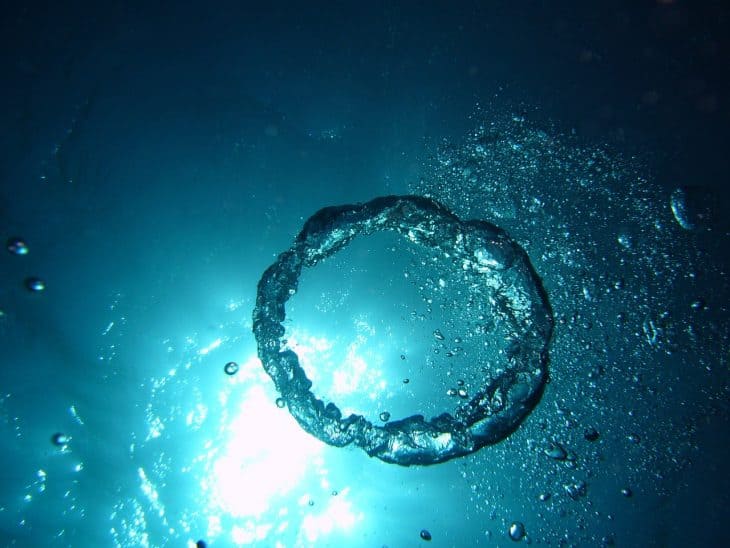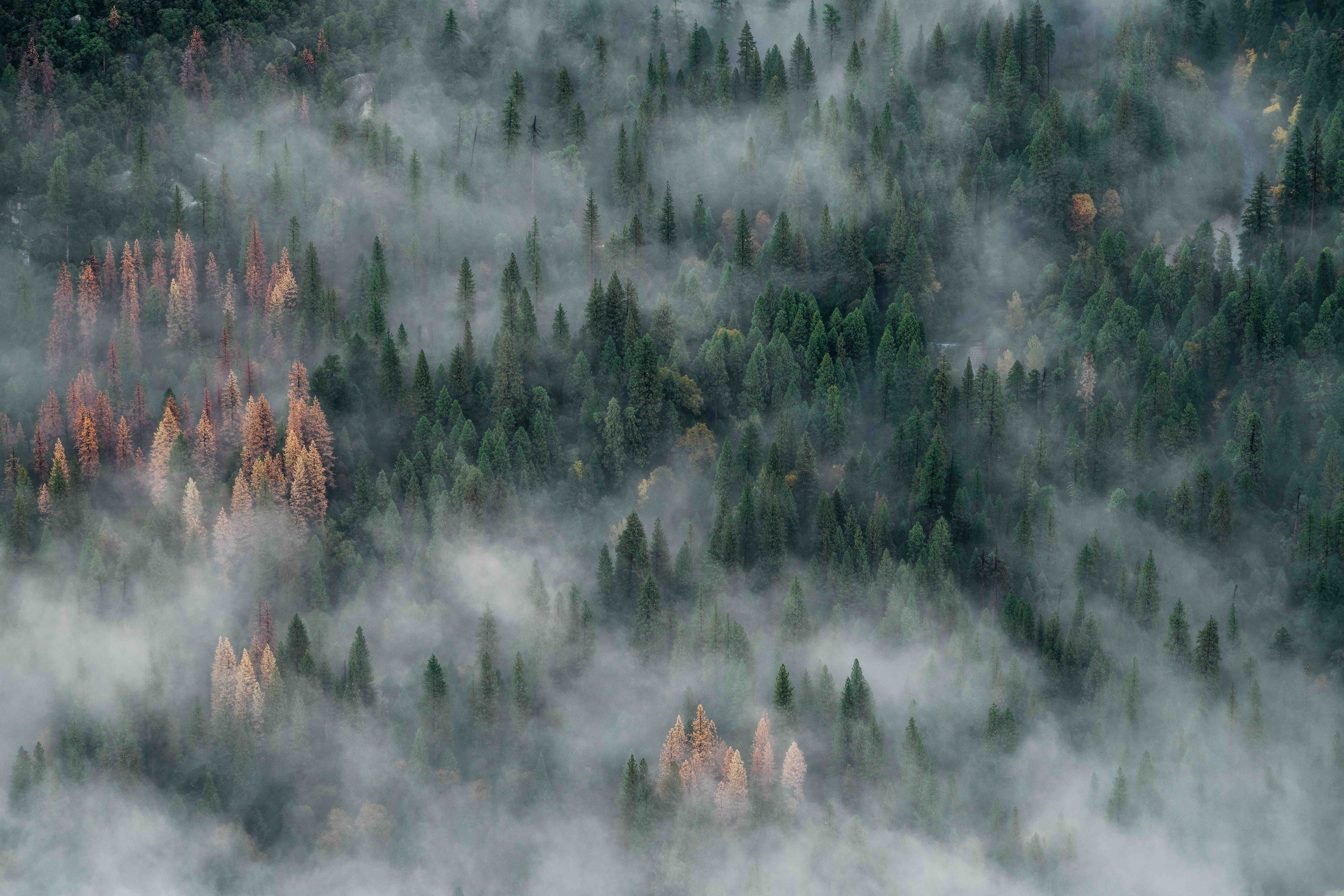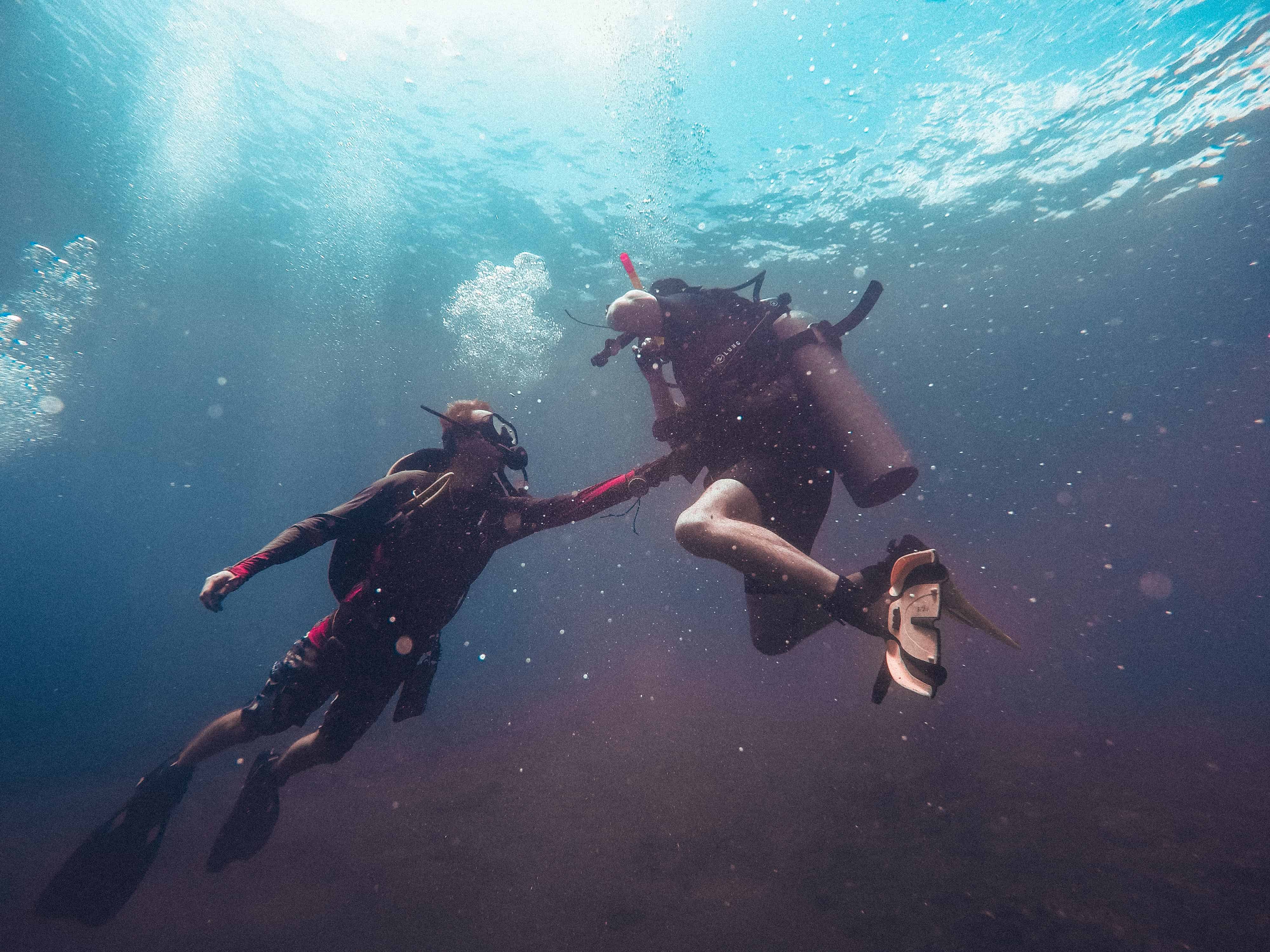
- Two-thirds of the human body mass is oxygen.
- Oxygen bolsters combustion.
- The molecules that make up oxygen has two covalent bonds, called the divalent molecule.
- Oxygen is a nonmetal.
- You cannot taste, see, or smell oxygen.
- A human will die within 5 to 10 minutes without oxygen.
- A single tree produces 260 pounds of oxygen per year.
- Nearly all of the breathable oxygen of Earth’s atmosphere is provided by plants and trees through photosynthesis.
- Trees release oxygen every time they use energy from sunlight to make glucose from water and carbon dioxide.
- Oxygen’s atomic weight is 16.00 Atomic Mass Unit.
- The third most abundant element in the universe is oxygen.
- Oxygen consists of three occurring isotopes: 16O, 17O, and 18O.
- Distilling from liquefied air can purify oxygen.
- The seawater carries about 4.95 ml of oxygen.
- Oxygen is two times more soluble in water than nitrogen.
- Before the isotope carbon-12, the oxygen was the atomic weight standard for the other elements until 1961.
- The oxygen atoms have an oxidation state of -2.
- Almost two-thirds of the weight of living things comes from oxygen.
- One-fifth of the Earth’s atmosphere is made up of oxygen.
- Aerotolerant, Anaerobic, and Facultative organisms can live without oxygen.
Carl Wilhelm Scheele and Joseph Priestly discovered oxygen, but not together.
Scheele (a Swedish Pomeranian and German pharmaceutical chemist) discovered the oxygen (independently) but Joseph Priestley got the credit in 1774 because Scheele’s work was not published. But today, both Carl Wilhelm Scheele and Joseph Priestley share the credit for the discovery of oxygen.
Joseph Priestley discovered oxygen.
Priestley discovered oxygen by experimenting with colorless gas by heating red mercuric oxide. He set up an experiment to test if plants can produce oxygen. When he put a burning candle in a closed container, all the oxygen in the container quickly extinguished the candle flame. Then he put the plant and relights the candle again, this time the flame continues. This showed that plants produce a gas that allows fuels to burn, and this gas is oxygen.
The continuation of Joseph Priestley’s experiment on oxygen.
Joseph Priestley continues the experiment, but this time Priestley put a mouse in the close container first with the plant and the second experiment without the plant. The mouse died on the second experiment concluding that plants produce oxygen which is called photosynthesis.
Oxygen makes up 21% of Earth’s atmosphere.

The gases in the Earth’s atmosphere is made up of 78% nitrogen, 21% oxygen, 0.93% argon, 0.04% carbon dioxide.
When you breathe, you’re breathing in 20% of oxygen from the air.
A human inhales around 11,000 liters of air per day while consumes around 550 liters of oxygen from the air per day. When you breathe in the air, you’re breathing in 20% of oxygen and exhaling about 15 percent of it.
5% of oxygen inhaled by someone converts to carbon dioxide.
Every time a person inhales, 5% of it converts to carbon dioxide once they exhale.
Too much oxygen can be harmful.
Humans need oxygen to live, but too much it can also hurt you because oxygen is an oxidant. When the body has an excess supply of oxygen, the body system breaks excess oxygen into a reactive negatively charged ion that can bind to iron; hydroxyl radical is created that can damage lipids in cell membranes. Luckily, the body maintains a supply of antioxidants to combat day-to-day oxidative stress.
Oxygen can be found in water, plants, and animals.
As a compound, oxygen can be found in water, plants, animals, and in much of the solid material that makes up the earth. These compounds contain oxygen, along with carbon, hydrogen, and other elements.
The word ‘Oxygen’ came from the Greek word Oxys and Genes.
Oxygen came from the Greek word (οξυγόνο) Oxys and Genes or “Oxygenes”, which means “acid-forming” or “acid producer”.
The melting point of oxygen is -218°C.
The average melting point of oxygen is -218°C, while the average boiling point is -189°C. Oxygen is a gas at room temperature.
Cyanobacteria gave the first oxygen on Earth.
It is believed that the Cyanobacteria gave the first oxygen on Earth by consuming carbon dioxide and exhale oxygen.
70% of oxygen comes from green algae and cyanobacteria.
Scientists believed that 70% of oxygen comes from photosynthesis by green algae and cyanobacteria surpassing the oxygen contributions of plants and trees.
Oxygen reacts in low and high temperatures.
Oxygen changes its outward form from monoclinic crystals to orange, red, black, and even a metallic form at low and high temperatures.
The oxygen needed by a fetus passes through the umbilical cord.
A fetus does not breathe in the womb, the mother does it for the fetus. The oxygen needed by the fetus is passed through the umbilical cord. If the umbilical cord remains intact, the fetus will not be drowned in the womb.
There is an Oxygen cycle.
Oxygen is circulated by nature through a process called “oxygen cycle”. The oxygen through photosynthesis is used by aerobic organisms (living things that need oxygen), and carbon dioxide will also be released by the aerobic organism which is also needed during photosynthesis.
Fish takes out oxygen from water.
Fish are able to take out oxygen from water in the ocean using their gills because water has a higher concentration of oxygen than the gills. When the water goes through the gills, the blood vessels in the gills absorb oxygen from the water.
Oxygen exists as the allotrope ozone.
Ozone exists in the upper part of the Earth’s atmosphere creating the ozone layer which protects us from the harmful ultraviolet rays of the sun.
The liver consumes the most oxygen.
A human body weighing around 60 to 63 kg consumes 250 ml of oxygen per minute and the major organs that consume oxygen are the liver (20.4%), brain (18.4%), and heart (11.6%). Oxygen atoms make up an essential part of DNA and protein in the human body.
Warm water holds less oxygen than cold water.
Warm water holds less oxygen than cold water because water molecules are closer together in cold water that makes it harder for oxygen molecules to get out. Also, oxygen dissolves harder in warm water than in cool water.
Oxygen can run out.
Oxygen can run out if we cut down too much of the world’s forests and kill too much plant life in the oceans. Highly polluted countries are actually starting to buy oxygen tanks…
Yes, you can buy oxygen.
People now buy their own portable oxygen for $13 a bottle. Most highly polluted areas and cities like China even have their own air/oxygen purifier built-in at home. However, most of the citizens still find the air/oxygen purifier relatively expensive so they just wear a flu mask to minimise the bad effect of pollution to the human body.
Based on reports, customers have two options: “pure oxygen”, which contains 97% oxygen and a small number of other gases, or “fresh clean air”, which contains 78 percent nitrogen, 21 percent oxygen, and a small number of other gases.
Oxygen is used to cure illness.
Many hospitals use oxygen in a variety of options to cure or treat illness. The pediatric incubator assists a safe surrounding for newborns and infants to develop when born prematurely. Doctors control how much oxygen in these areas because of excessive amounts of oxygen can damage newborns.
Steel companies are the largest user of oxygen.
Oxygen plays a vital role in the steel’s quality, which is why steel companies are the largest user of oxygen in the industry. During the forging process, workers use pressurised oxygen to remove undesirable compounds in steel.
Scuba divers use Nitrox, which contains up to 80% oxygen.

Scuba divers mostly use nitrox (nitrogen and oxygen). It contains up to 40% oxygen, while professional divers use pure oxygen or nitrox, which has up to 80% oxygen. Scuba divers who use oxygen fractions greater than of air, 21%, need special training to avoid toxicity. The advantages of using nitrox for scuba divers are the following: lesser fatigue, longer bottom times, and shorter surface intervals.
Mountain climbers also carry oxygen.
They carry oxygen because the human body does not have enough time to adapt to the lower oxygen levels and lower air pressure at higher altitudes. Remember, in higher altitudes, our body responds to increased breathing rates to boost the blood oxygen level.
The health level of water is determined through its oxygen content.
Oxygen content in the bodies of water can be studied by a scientist to determine how healthy it is. If there is a rapid growth of algae in the area where fertiliser run-off reaches a body of water, the amount of oxygen in the place can be too high, and it ends up hurting the ecosystem. Nevertheless, a certain degree is required for life to grow in water, as many species require it for life, successively, other species rely on them as well.
MOXIE is the oxygen on Mars.
Mars Oxygen or MOXIE is an experimental exploration technology by NASA to produce oxygen from Mars’ atmosphere in a process called solid oxide electrolysis. The primary objective is to produce molecular oxygen from the atmosphere of Mars and scientists will record the efficiency of the process. There are also plans to plant trees on Mars as well as construction of a nuclear reactor.
There is only 0.174% oxygen on Mars.
Mars has oxygen, but it mostly has 94.9% carbon dioxide, 2.6% nitrogen, 1.9% argon and only 0.174% of oxygen.
Oxygen is everywhere.
You can find it not just in our atmosphere but also in rocks, dirt, and even in the sun. The sun consists of 91.2% hydrogen, 8.7% helium, 0.043% carbon, and 0.078 oxygen.
300 years ago, Earth’s oxygen density was 30%.
The density of oxygen in the earth’s environment was 30% around 300 years ago. Today, it’s now only 20% and threatening to go down to 19%. Some living creatures adapted to this new environment but humans have not. Everyone should act now and start better and greener alternative solutions in this growing problem.
Was this page helpful?
Our commitment to delivering trustworthy and engaging content is at the heart of what we do. Each fact on our site is contributed by real users like you, bringing a wealth of diverse insights and information. To ensure the highest standards of accuracy and reliability, our dedicated editors meticulously review each submission. This process guarantees that the facts we share are not only fascinating but also credible. Trust in our commitment to quality and authenticity as you explore and learn with us.
